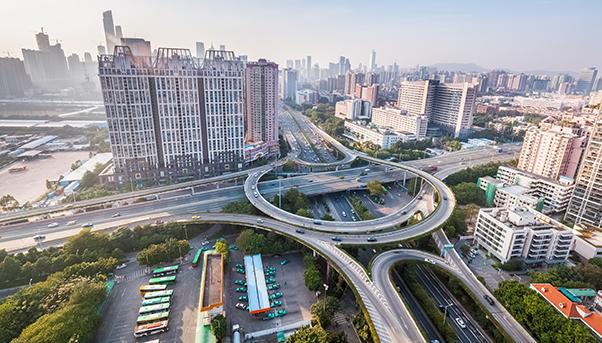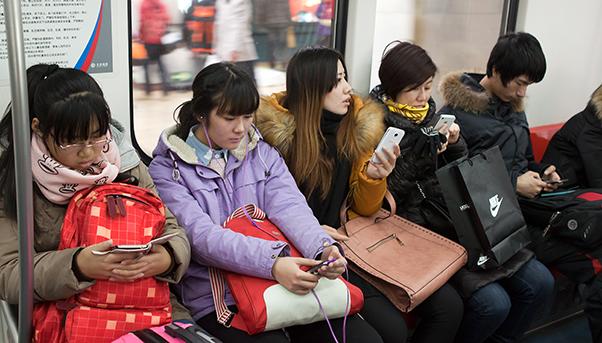
“China’s crisis is structural. But, probably more than a crisis, it’s better to talk about a slowdown in growth. In order for it to return to previous levels, on the one hand the shift towards a real market economy needs to be completed – and on the other hand a definite strengthening of internal consumption as exports alone are no longer enough to keep pushing Beijing’s growth.”
These are the words of Linda Yueh, a prestigious expert in the Chinese economy. Yueh’s professional life as both a journalist and an academic is divided between Asia and Europe. She recently gave up her job as chief business correspondent for the BBC to return to the United Kingdom where she works at Oxford University and the London Business School.
Besides exports, there have traditionally been two sectors that have supported China’s economy: real estate and infrastructure. Is there a situation of paralysis in these two as well?
“Essentially, yes. The boost from these two sectors saw a slight increase in the last part of the year, raising a lot of expectations, but this spurt of growth will not remain strong for all of 2016.”
This is due to a drop in investment?
“In 2016, the investments in infrastructure will not grow as they have done in the past. This is because the Central Bank has become very cautious in conceding further interest rate cuts after the loosening in 2015. This is why we expect that the rate of investment, including that in public works, will slow down a lot for all of 2016 and the following year.”
Is the government trying to do something to avoid a decline in investment?
“The Chinese government is focusing a lot on public-private partnerships. In September the finance ministry launched 206 partnership projects worth a total of $104 billion which includes the construction of a highway in Beijing. At the same time, the government is pushing so that even the country’s biggest banks and financial institutions lend their support to projects launched in partnership with private companies.”

Shanghai subway
For its part, what kind of financing will the government provide?
“Despite the slowdown in the economy, China is still a country with a big internal development plan. A plan inspired by a transnational infrastructure policy that the
Beijing government has called ‘One Belt, One Road’. This is an investment plan that from 2016 could reach $100 billion a year and that will finance infrastructure development not only inside China but also in countries in Central Asia.
There are two financial entities strongly willed by China that will support this plan and they are to become operative in the coming months: the Asian Infrastructure Investment Bank (a development bank with $100 billion in funds) and the Silk Road Fund with $40 billion. These two entities, along with the Beijing project, will contribute to push for infrastructure development in the region.”
All of this while the economy undergoes a delicate transition phase?
“No. The transition will be long. Still today the middle class, which began to develop in China no less than 10 to 15 years ago has a purchasing power that is no more than 50% of the total economy, compared with 60 to 70 % in the world’s more developed countries.”
And there are new risks to face such as deflation…
“The problem of deflation exists in China, and it’s common in the West: for the last three years the consumer price index has been low and for all of 2016 it will not rise above 1.5%. All of this acts as an alarm bell on the vitality of the economy as well as an obstacle to recovering to the levels of vigorous growth that we have been used to.”

